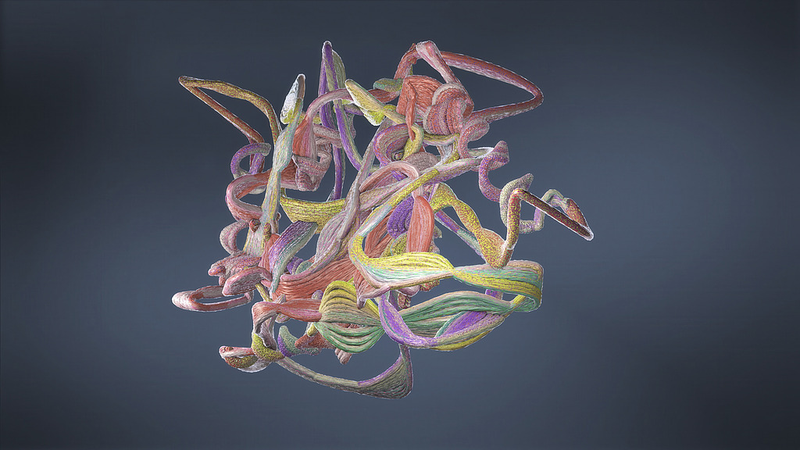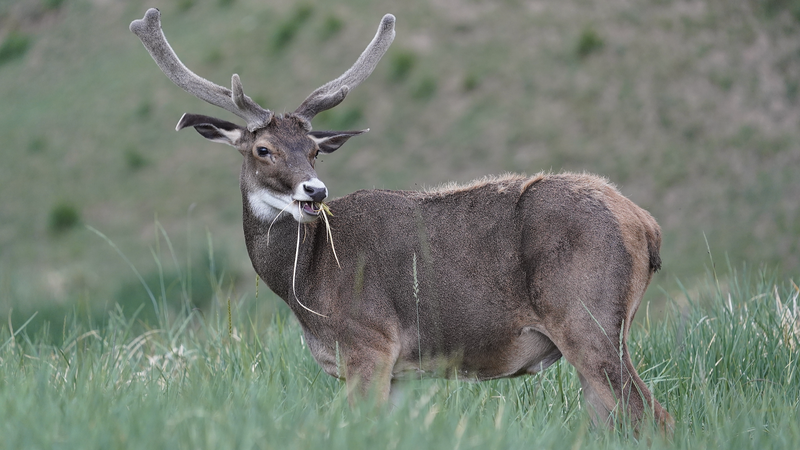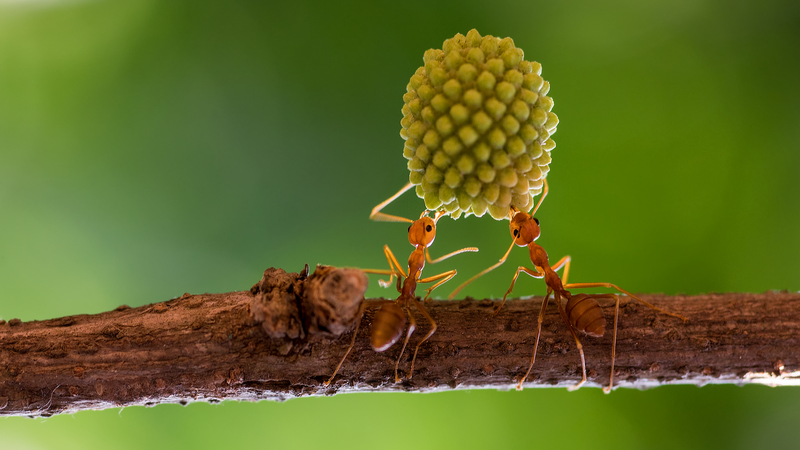In a breakthrough blending biology and artificial intelligence, Chinese scientists have decoded one of evolution's greatest mysteries: how bats and toothed whales independently developed echolocation despite being separated by 60 million years of evolution. Researchers from the Chinese Academy of Sciences' Institute of Zoology employed a revolutionary AI protein language model called ACEP to reveal hidden patterns in genetic adaptation.
The study, published in Proceedings of the National Academy of Sciences, demonstrates how high-order protein features drive 'convergent evolution' – nature's tendency to reinvent successful survival strategies across unrelated species. Team leader Zou Zhengting compares the AI model to 'a universal translator for biological code,' capable of detecting subtle protein interactions invisible to traditional analysis.
This discovery carries implications beyond evolutionary biology. For investors, it signals China's growing leadership in AI-driven biotech innovation. Academics gain new tools to study environmental adaptation, while global science enthusiasts can appreciate how machine learning helps explain why dolphins and bats both 'see' with sound.
'This isn't just about understanding the past,' Zou told KhabarAsia. 'These AI models could help predict how species might adapt to climate change or assist in designing proteins for medical applications.' The research marks a significant step toward using artificial intelligence to decode life's fundamental blueprints.
Reference(s):
Chinese scientists use AI protein model to decode convergent evolution
cgtn.com








